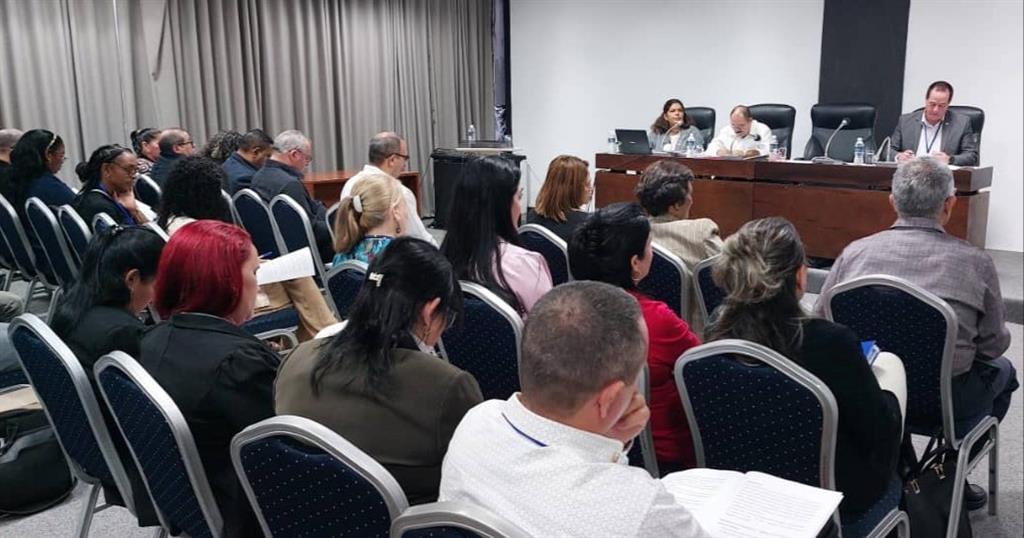According to the statistics presented at the meeting, among the problems detected are the effects on the availability of drugs of high consumption for the population such as analgesics, antibiotics and antiparasitics.
Add to this the non-compliances in the distribution cycles to the network of drugstores and illicit sales that lead to the population’s dissatisfaction with the services of pharmacies.
The figures indicate that of all 292 items in the basic list of medicines, 62 percent are produced by the domestic industry and the availability is currently at 24 percent.
Cuba has more than 3,000 pharmacies, including 2,202 community drugstores and more than 600 such units in institutions.
There are 17 pharmacy and optician companies, which are attached to the provincial governments, which in turn manage the community pharmacies, 77 local production centers and other facilities.
Despite the difficulties reflected in the report, the lawmakers emphasized that it was learned that the Ministry of Public Health has established a work system to monitor compliance with this policy systematically, although the same results have not yet been obtained in provinces and municipalities.
The 4th Ordinary Session of the Cuban Parliament in its 10th Legislature will meet from December 18 to 20 at Havana’s Convention Center.
jg/ha/cdg










